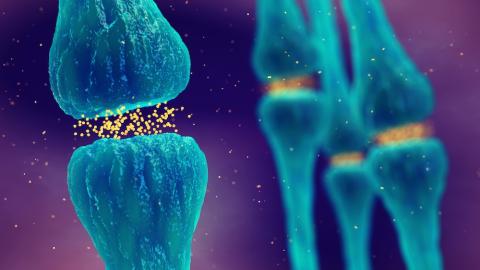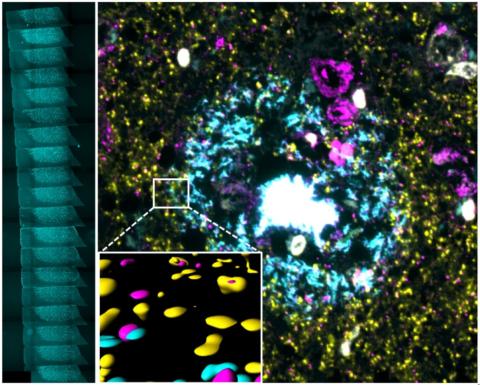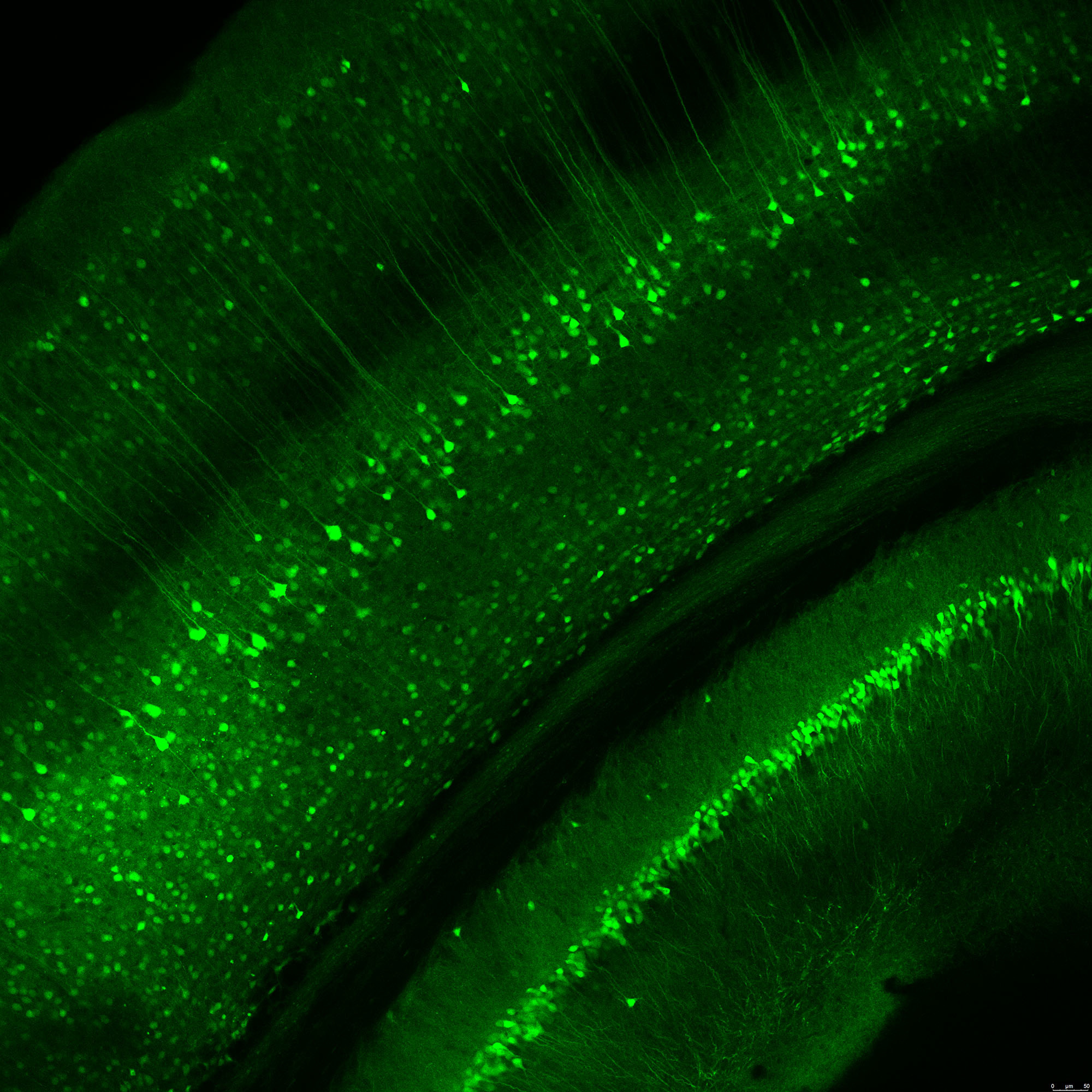Why synapses?

The UK DRI 'Synapse' thematic network meeting for early career researchers in London in 2023
The remarkable computational power of the brain is partly due to its unique structure, where billions of individual brain cells are connected to form circuits by tiny contact points called synapses. Synapses facilitate the flow of electro-chemical signals in a coordinated manner and are an essential part of the nervous system and its optimal functioning. Synapses within the central nervous system are integral for supporting memory, learning and perception while those in the peripheral nervous system play an important role in executing muscle movement through the neuromuscular junction.
Synapse dysfunction and loss are fundamental to the pathophysiology of various neurodegenerative conditions. Synapses are highly diverse structures and as a result selectively vulnerable across different neurodegenerative conditions. Alzheimer’s disease is characterised by synapse loss in regions associated with learning and memory, while motor neuron disease is characterised by the loss of neuromuscular junctions and as a result motor function.
Synapse loss in Alzheimer's has been extensively studied and shown to be the best pathological correlates of cognitive decline. It is a downstream effect of pathological processes including toxic protein build up and immune cell-mediated inflammation in the nervous system. There is clear evidence that in the early stages of Alzheimer's, prior to synapse loss, there are alterations in synapse function which in turn impairs neuronal network activity and cognitive function. Our understanding of the molecular cascade leading to this alteration in synapse function and loss is however limited, and the UK DRI aims to address this knowledge gap from the single synapse through to wider neural network level.
Meeting photos




Latest news


Research
Read more about the research output of the UK DRI Synapse theme and its members in the 'Research' tab

